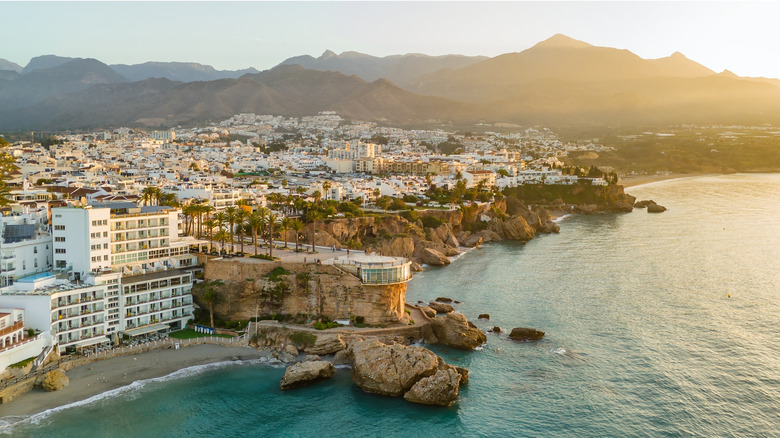
Europe experienced a significant tourism boom in 2024. As per UN Tourism, the continent attracted 747 million international visitors, surpassing all other regions globally. Crowds flocked to Mediterranean beaches and major cities, eager to indulge in Europe’s cuisine and age-old festivals. Southern Europe witnessed the most substantial growth, with Spain alone reaching 94 million tourists in 2024, according to EuroNews.
Spain remains a top choice for retirees and travelers, drawn by its sunny climate, coastal beauty, and Spanish charm. Costa del Sol, in particular, is a highlight. This well-known 93-mile stretch of coastline in the Málaga province is teeming with national parks and golf courses. However, travel expert Rick Steves critiques Costa del Sol as a quintessential European tourist trap, suggesting its popularity has eroded opportunities for genuine local experiences and value for money. Furthermore, Spain’s Instituto Nacional de Estadística reported a 5.7% increase in the 2025 Hotel Price Index from 2024, with hotels averaging €118.00 (approximately $138) per night in May 2025, marking a 5.6% rise from the same period in 2024.
What’s missing from Costa del Sol’s local flavor

Europa Press highlighted that Costa del Sol welcomed a record 14.47 million tourists in 2024, an increase of 3.17%. Most visitors were international, while domestic tourism saw a 7.5% decline. This trend has altered the cultural identity of the coastal area, with fewer Spaniards vacationing there and more businesses adapting to foreign tourists.
The shift includes English menus, imported beers, and diverse offerings like mojitos becoming more prevalent. Additionally, upscale dining has become unaffordable for locals and long-time expatriates in their neighborhoods. It’s easy to overspend in such tourist-centric spots, with travelers often making the mistake of choosing overpriced meals, missing out on authentic local experiences.
The loss of genuine local character extends beyond cuisine in Costa del Sol. Traditional festivals are disappearing, local markets are closing, and family-run hotels and restaurants that were once integral to daily life are vanishing as the region prioritizes mass tourism.
Smarter ways to enjoy Spain’s southern coast

To experience the true essence of Spain’s southern coast, avoid the tourist hotspots. Rick Steves recommends Tarifa, Spain’s southernmost port, known for its affordable accommodations, fresh seafood, and rich history. This town is the southernmost point of continental Europe, offering white beaches and consistent winds ideal for kite-surfing, along with short ferry trips to Morocco. Nerja is another gem, featuring crystal-clear waters, dramatic cliffs, and the renowned Cueva de Nerja caves, which house some of the world’s oldest cave paintings. Rick Steves describes it as, “the most appealing resort town on the coast.”
Traveling around Andalusia is both affordable and straightforward. The Tarjeta de Transporte Metropolitano de Andalucía is a prepaid, contactless card that reduces fares on buses, suburban trains, and the metro. It costs €1.50 (approximately $1.76) to activate and requires just €5 (around $5.85) to load. For authentic local cuisine, seek out tapas bars away from the main tourist paths and watch for pescaíto frito, a regional favorite.
Consider visiting during the shoulder seasons — March to May or September to November — to avoid crowds, enjoy lower prices, and experience pleasant weather for exploration. Additionally, these periods offer more opportunities to immerse yourself in authentic Andalusian culture. When planning your stay, choose between vacation rentals and hotels. Rentals provide more space and are ideal for families or extended trips, while hotels are typically more suitable for short getaways.






